Hackaday Podcast
Hackaday Editors take a look at all of the interesting uses of technology that pop up on the internet each week. Topics cover a wide range like bending consumer electronics to your will, designing circuit boards, building robots, writing software, 3D printing interesting objects, and using machine tools. Get your fix of geeky goodness from new episodes every Friday morning.
Website : https://hackaday.com
RSS Feed : https://hackaday.libsyn.com/rss
Last Episode : August 22, 2025 4:19pm
Last Scanned : 35 minutes ago


Episodes
Episodes currently hosted on IPFS.
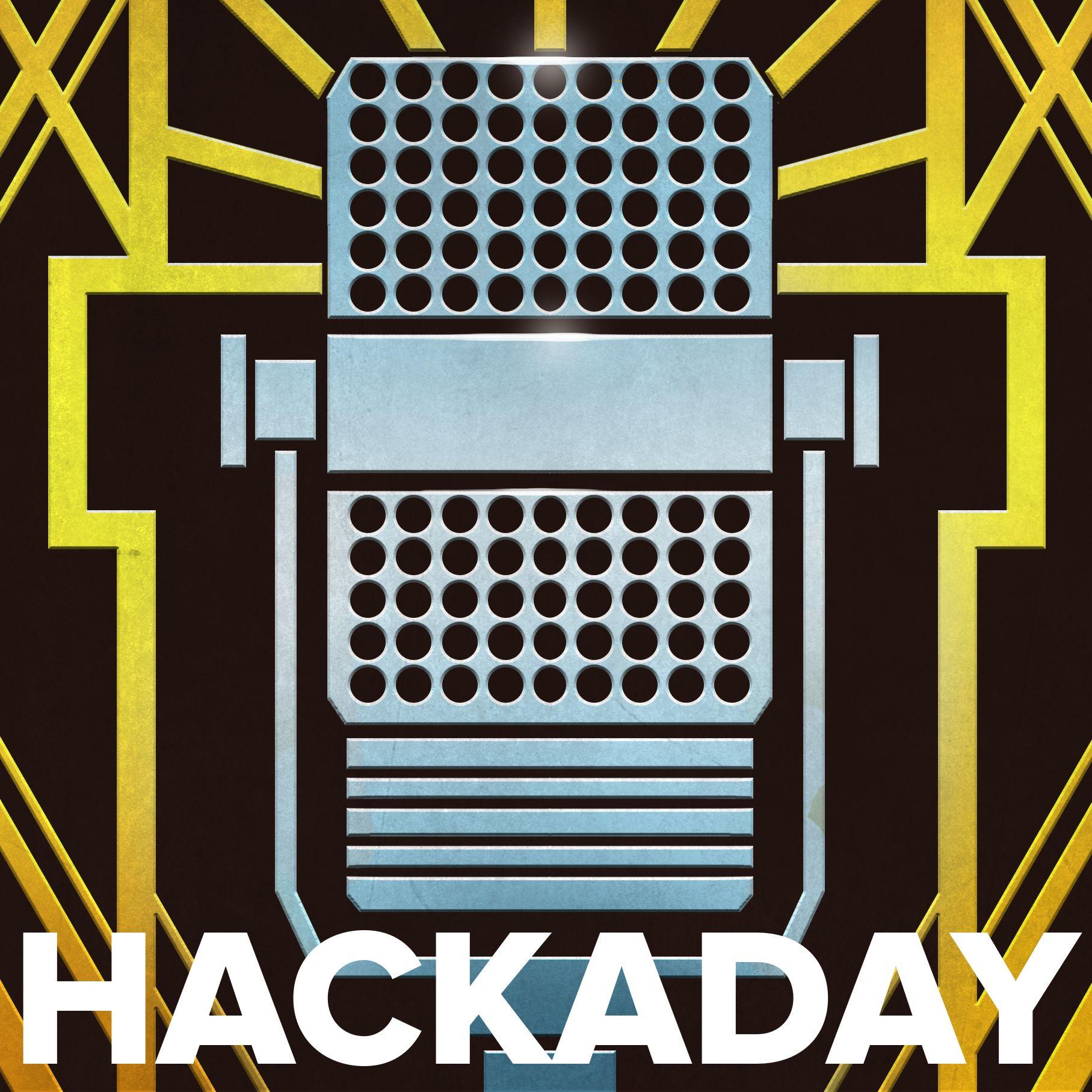 Ep 334: Radioactive Shrimp Clocks, Funky Filaments, Owning the Hardware
Ep 334: Radioactive Shrimp Clocks, Funky Filaments, Owning the HardwareIn this episode of the Hackaday Podcast, editors Elliot Williams and Tom Nardi start out with a warning about potentially radioactive shrimp entering the American food supply via Walmart, and things only get weirder from there. The extra spicy shrimp discussion makes a perfect segue into an overview of a pair of atomic One Hertz Challenge entries, after which they'll go over the latest generation of 3D printer filament, using an old Android smartphone as a low-power Linux server, some tips for creating better schematics, and Lorde's specification-bending transparent CD. Finally, you'll hear about how the nature of digital ownership influences the hardware we use, and on the other side of the coin, how open source firmware like QMK lets you build input devices on your terms. Check out the links if you want to follow along, and as always, tell us what you think about this episode in the comments!
Published Friday
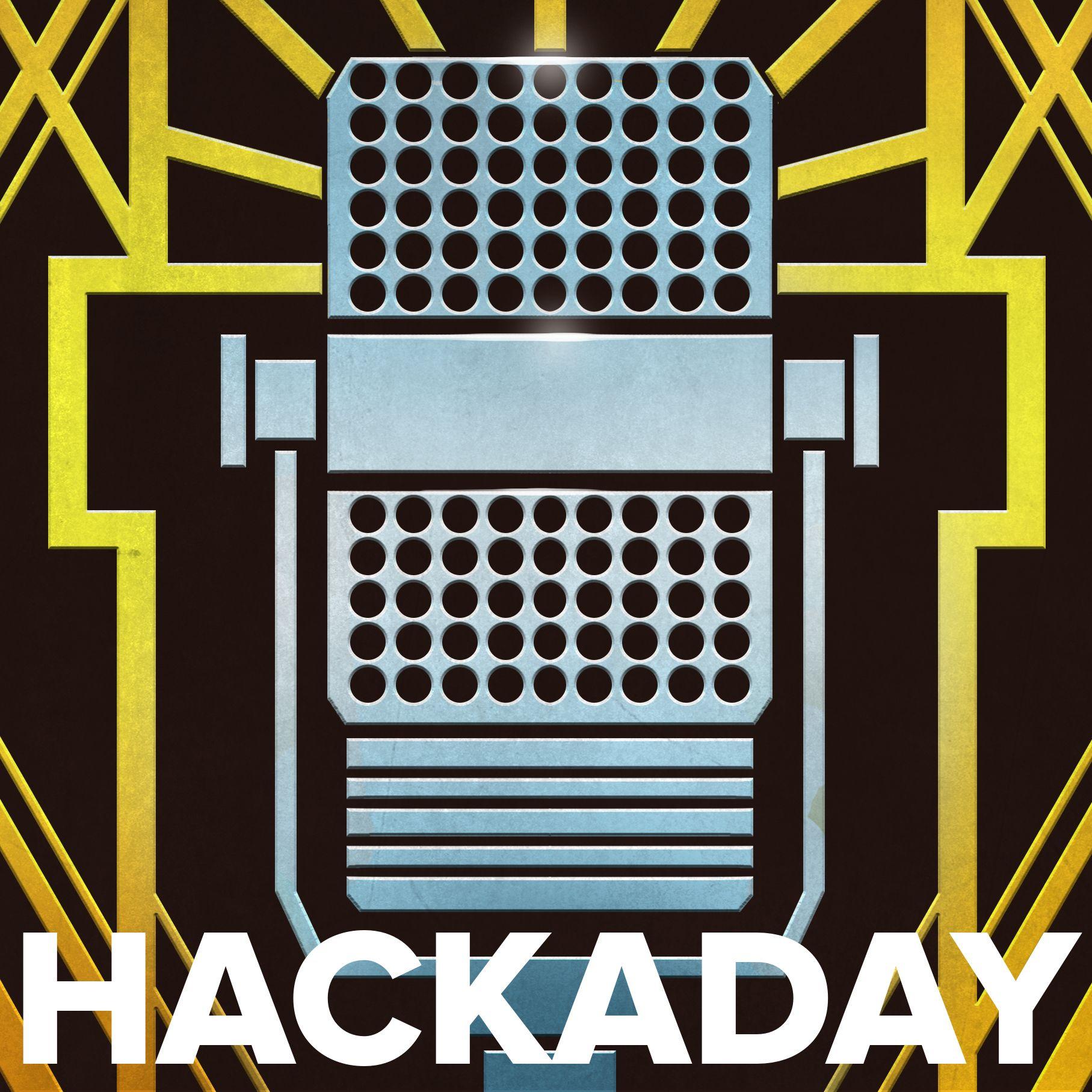 Ep 333: Nightmare Whiffletrees, 18650 Safety, and a Telephone Twofer
Ep 333: Nightmare Whiffletrees, 18650 Safety, and a Telephone TwoferThis week, Hackaday's Elliot Williams and Kristina Panos met up over the tubes to bring you the latest news, mystery sound, and of course, a big bunch of hacks from the previous week. In Hackaday news, get your Supercon 2025 tickets while they're hot! Also, the One Hertz Challenge ticks on, but time is running out. You have until Tuesday, August 19th to show us what you've got, so head over to Hackaday.IO and get started now. Finally, its the end of eternal September as AOL discontinues dial-up service after all these years. On What's That Sound, Kristina got sort of close, but this is neither horseshoes nor hand grenades. Can you get it? If so, you could win a limited edition Hackaday Podcast t-shirt! After that, it's on to the hacks and such, beginning with a talking robot that uses typewriter tech to move its mouth. We take a look at hacking printed circuit boards to create casing and instrument panels for a PDP-1 replica. Then we explore a fluid simulation business card, witness a caliper shootout, and marvel at one file in six formats. Finally, it's a telephone twofer as we discuss the non-hack-ability of the average smart phone, and learn about what was arguably the first podcast. Check out the links over on Hackaday if you want to follow along, and as always, tell us what you think about this episode in the comments!
Published 08/15
 Ep 332: 5 Axes are Better than 3, Hacking Your Behavior, and the Man Who Made Models
Ep 332: 5 Axes are Better than 3, Hacking Your Behavior, and the Man Who Made ModelsElliot and Dan got together this week for a review of the week's hacking literature, and there was plenty to discuss. We addressed several burning questions, such as why digital microscopes are so terrible, why computer systems seem to have so much trouble with names, and if a thermal receipt printer can cure ADHD. We looked at a really slick 5-axis printer that COVID created, a temperature-controlled fermentation setup, and a pseudo-Mellotron powered by a very odd tape recorder. We also learned little about designing 3D printed parts with tight tolerances, stepping a PC power supply up to ludicrous level, and explored a trio of unique entries for the One Hertz Challenge. And for the Can't Miss section, we looked at what happens to planes when they get hit by lightning (and how they avoid it), and say goodbye to the man who launched a lot of careers by making model kits. It was also exciting to learn that the first day of Supercon is Halloween, which means a Friday night sci-fi cosplay party. It's gonna be lit.
Published 08/08
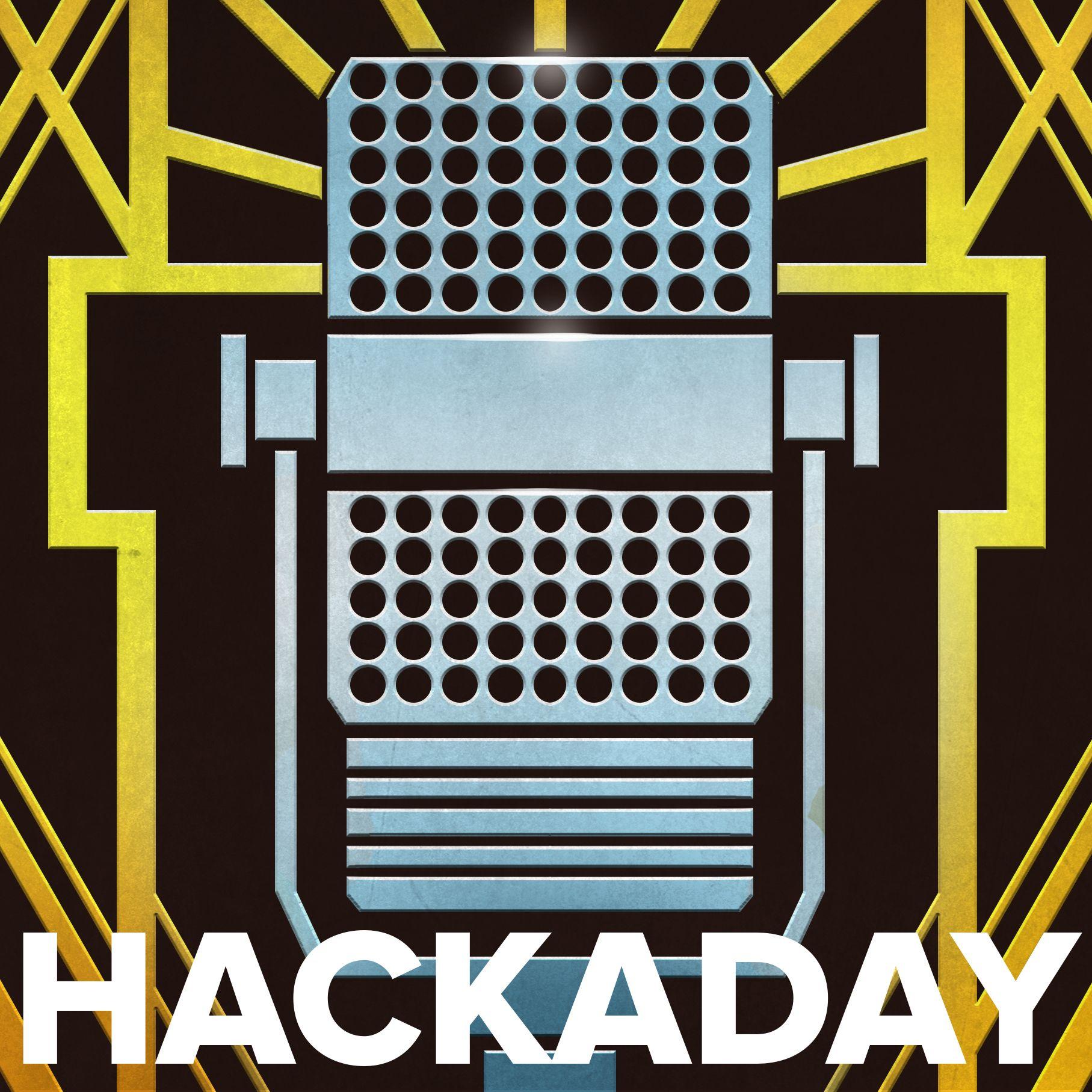 Ep 331: Clever Machine Tools, Storing Data in Birds, and the Ultimate Cyberdeck
Ep 331: Clever Machine Tools, Storing Data in Birds, and the Ultimate CyberdeckAnother week, another Hackaday podcast, and for this one Elliot is joined by Jenny List, fresh from the BornHack hacker camp in Denmark. There's a definite metal working flavour to this week's picks, with new and exciting CNC techniques and a selective electroplater that can transfer bitmaps to metal. But worry not, there's plenty more to tease the ear, with one of the nicest cyberdecks we've ever seen, and a bird that can store images in its song. Standout quick hacks are a synth that makes sounds from Ethernet packets, and the revelation that the original PlayStation is now old enough to need replacement motherboards. Finally we take a closer look at the huge effort that goes in to monitoring America's high voltage power infrastructure, and some concerning privacy news from the UK. Have a listen!
Published 08/01
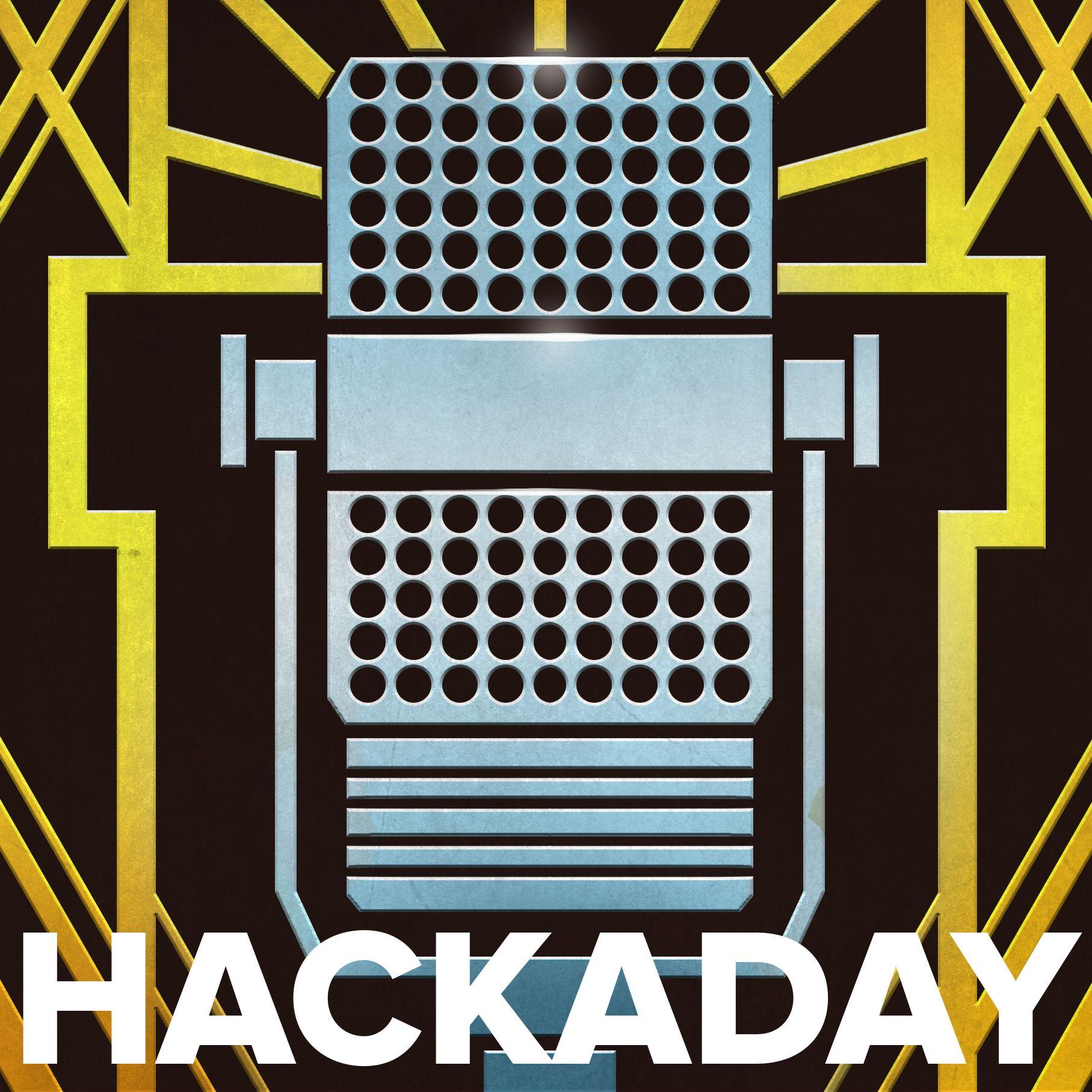 Ep 330: Hover Turtles, Dull Designs, and K'nex Computers
Ep 330: Hover Turtles, Dull Designs, and K'nex ComputersWhat did you miss on Hackaday last week? Hackaday's Elliot Williams and Al Williams are ready to catch you up on this week's podcast. First, though, the guys go off on vibe coding and talk about a daring space repair around Jupiter. Then it is off to the hacks, including paste extruding egg shells, bespoke multimeters, and an 8-bit mechanical computer made from a construction toy set. For can't miss articles, you'll hear about boring industrial design in modern cell phones and a deep dive into how fresh fruit makes it to your table in the middle of the winter. Check out the links over on Hackaday if you want to follow along, and as always, tell us what you think about this episode in the comments!
Published 07/25
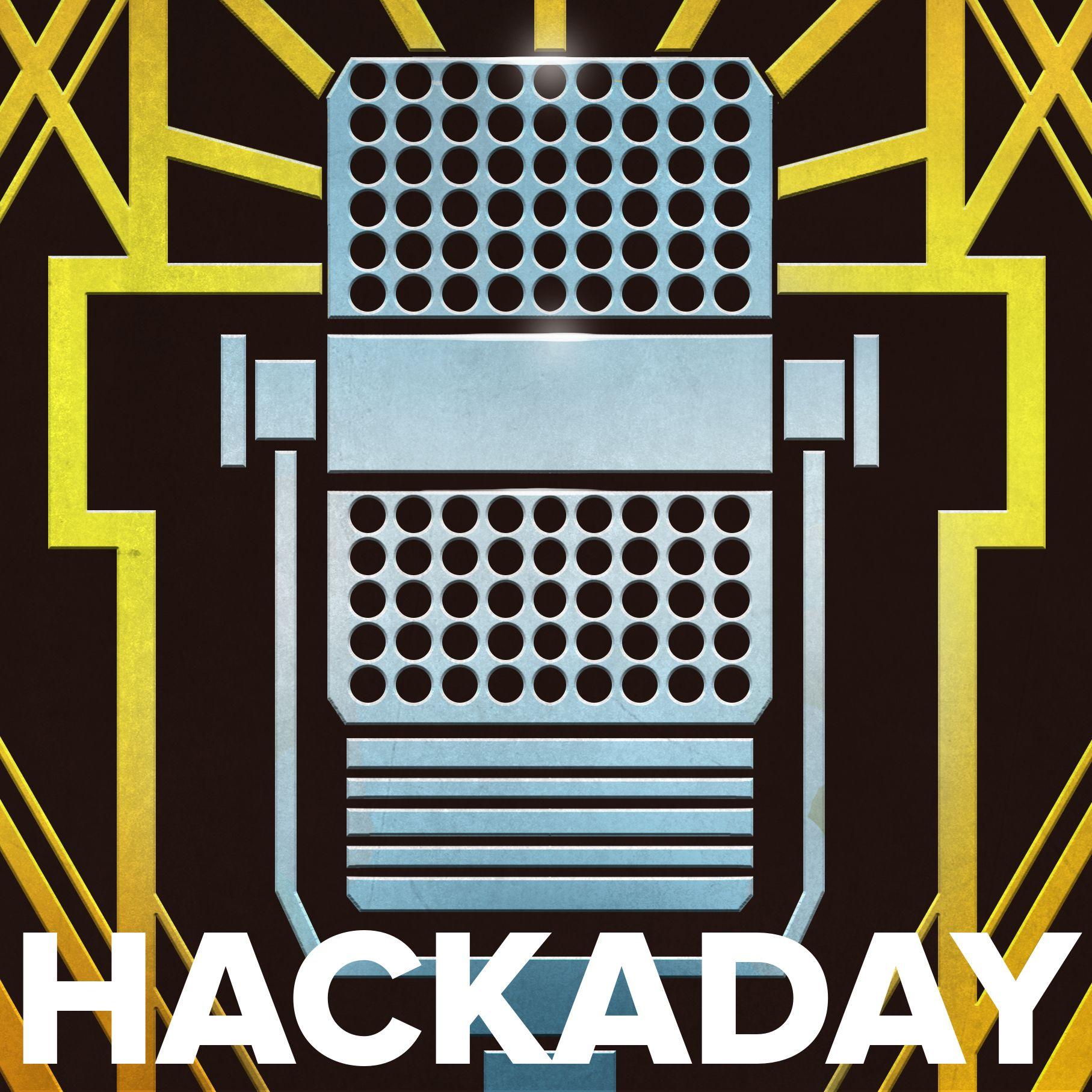 Ep 329: AI Surgery, a Prison Camp Lathe, and a One Hertz Four-Fer
Ep 329: AI Surgery, a Prison Camp Lathe, and a One Hertz Four-FerJoin Hackaday Editors Elliot Williams and Tom Nardi as they talk about their favorite hacks and stories from the previous week. They'll start things off with a small Supercon update, and go right into fusion reactors, AI surgeons, planned obsolescence, and robotic cats and dogs. They'll also go over several entries from the ongoing 2025 One Hertz Challenge, an ambitious flight simulator restoration project, old school lightning detectors, and how Blu-ray won the battle against HD DVD but lost the war against streaming. Stick around to the end to hear an incredible story about a clandestine machine shop in a WWII prisoner of war camp, and the valiant fight to restore communications with the Lunar Trailblazer spacecraft. Check out the links over on Hackaday if you want to follow along, and as always, tell us what you think about this episode in the comments!
Published 07/18
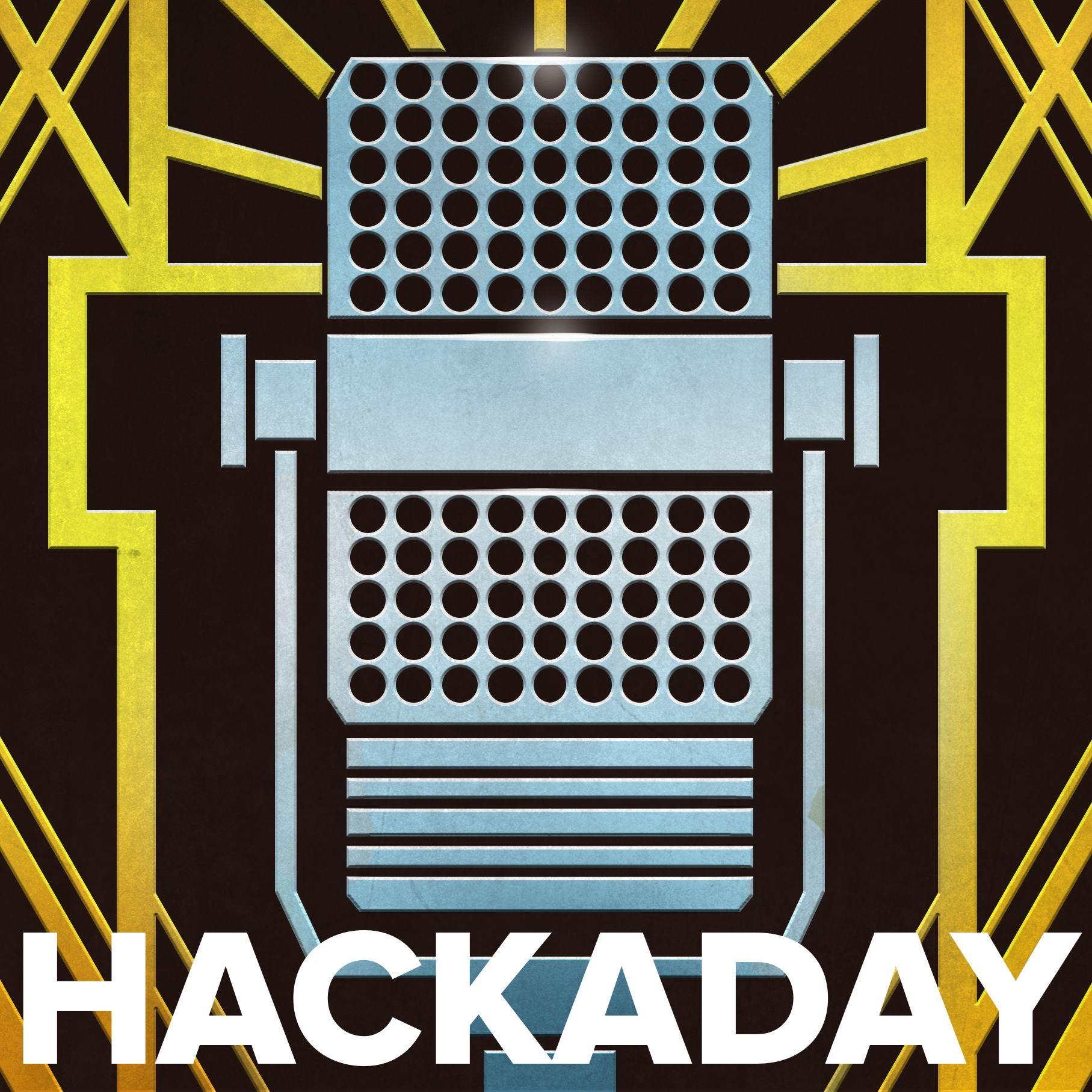 Ep 328: Benchies, Beanies, and Back to the Future
Ep 328: Benchies, Beanies, and Back to the FutureThis week, Hackaday's Elliot Williams and Kristina Panos joined forces to bring you the latest news, mystery sound, and of course, a big bunch of hacks from the previous week. In Hackaday news, the One Hertz Challenge ticks on. You have until Tuesday, August 19th to show us what you've got, so head over to Hackaday.IO and get started now! In other news, we've just wrapped the call for Supercon proposals, so you can probably expect to see tickets for sale fairly soon. On What's That Sound, Kristina actually got this one with some prodding. Congratulations to [$HACKER] who knew exactly what it was and wins a limited edition Hackaday Podcast t-shirt! After that, it's on to the hacks and such, beginning with a ridiculously fast Benchy. We take a look at a bunch of awesome 3D prints a PEZ blaster and a cowbell that rings true. Then we explore chisanbop, which is not actually K-Pop for toddlers, as well as a couple of clocks. Finally, we talk a bit about dithering before taking a look at the top tech of 1985 as shown in Back to the Future (1985). Check out the links below if you want to follow along, and as always, tell us what you think about this episode in the comments!
Published 07/11
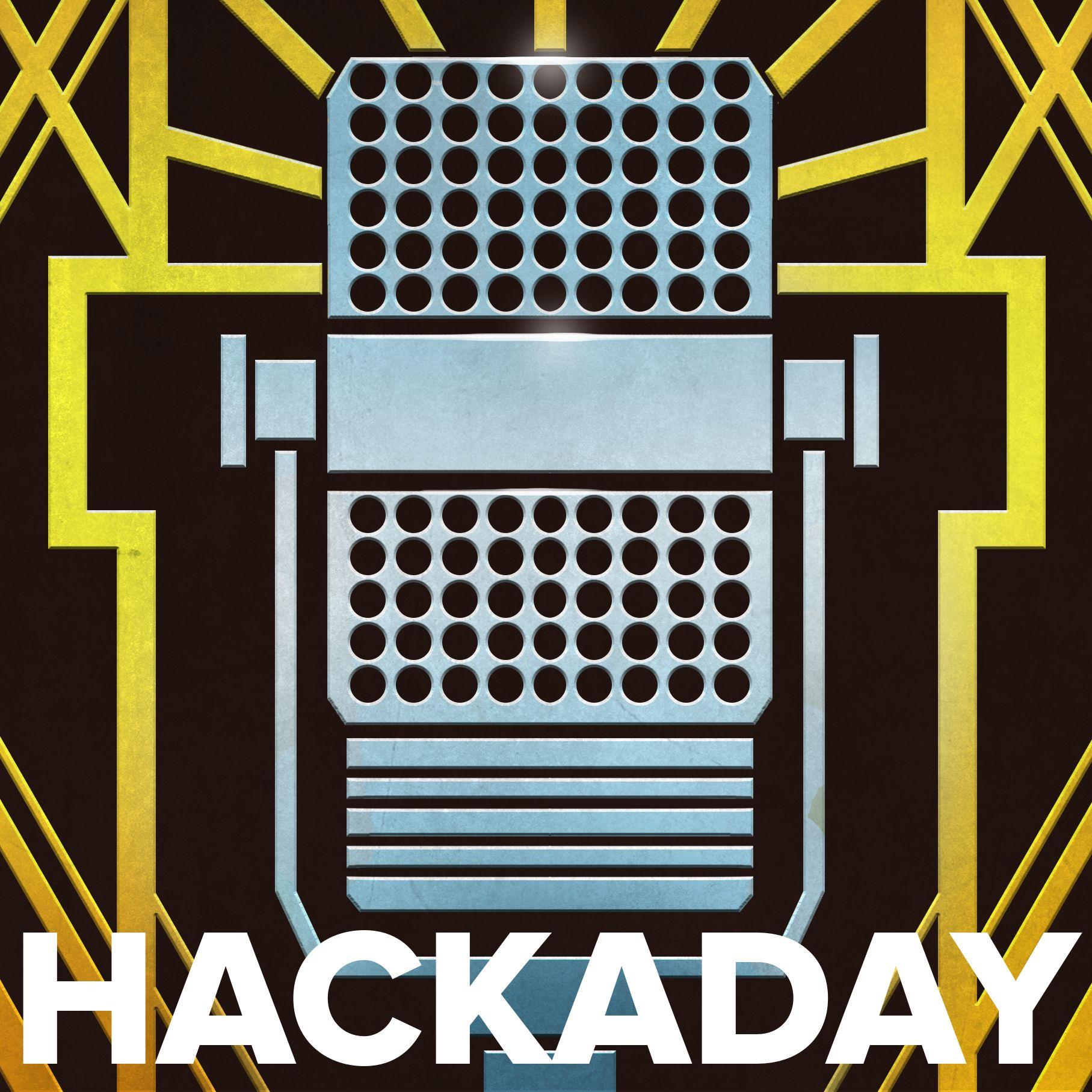 Ep 327: A Ploopy Knob, Rube-Goldberg Book Scanner, Hard Drives And Power Grids Oscillating Out Of Control
Ep 327: A Ploopy Knob, Rube-Goldberg Book Scanner, Hard Drives And Power Grids Oscillating Out Of ControlIt's Independence Day here in the USA, but if you're not a fan of fireworks and hot dogs, Elliot and Dan's rundown of the best hacks of the week is certainly something to celebrate. Rest easy, because nothing exploded, not even the pneumatic standing desk that [Matthias] tore into, nor the electroplated 3D prints that [H3NDRIK] took a blowtorch to. We both really loved the Ploopiest knob you've ever seen, which would be even Ploopier in anodized aluminum, as well as an automatic book scanner that takes its job very seriously. We looked into the mysteries of the Smith chart, another couple of fantastic student projects out of Cornell, the pros and cons of service loops, and what happened when the lights went out in Spain last Spring. And what does Janet Jackson have against laptops anyway?
Published 07/03
 Ep 326: A DIY Pockel Cell, Funny Materials to 3D Print With, and Pwning a Nissan Leaf
Ep 326: A DIY Pockel Cell, Funny Materials to 3D Print With, and Pwning a Nissan LeafTime for another European flavoured Hackaday Podcast this week, as Elliot Williams is joined by Jenny List, two writers sweltering in the humidity of a Central European summer. Both of our fans and air conditioners made enough noise to be picked up on the microphone when they were turned on, so we're suffering for your entertainment. The big Hackaday news stories of the week are twofold, firstly a cat-themed set of winners for the 2025 Pet Hacks contest, and then the announcement of a fresh competition: the 2025 Hackaday One Hertz Challenge. Get your once-a-second projects ready! This week gave us a nice pile of interesting hacks, including some next-level work growing and machining the crystal for a home-made Pockels cell light valve, an pcoming technique for glass 3D prints, and enough vulnerabilities to make any Nissan Leaf owner nervous. We note that mechanical 7-segment displays are an arena showing excellent hacks, and we're here for it. Meanwhile among the quick hacks a filament made of PLA with a PETG core caught Elliot's eye, while Jenny was impressed with a beautifully-made paper tape punch. Finally in the can't miss section, The latest in Dan Maloney's Mining and Refining series looks at drilling and blasting. Such an explosive piece should come last, but wait! There's more! Al Williams gives us a potted history of satellite phones, and explains why you don't carry an Iridium in your pocket.
Published 06/27
 Ep 325: The Laugh Track Machine, DIY USB-C Power Cables, and Plastic Punches
Ep 325: The Laugh Track Machine, DIY USB-C Power Cables, and Plastic PunchesThis week, Hackaday's Elliot Williams and Al Williams caught up after a week-long hiatus. There was a lot to talk about, including clocks, DIY USB cables, and more. In Hackaday news, the 2025 Pet Hacks Contest is a wrap. Winners will be announced soon, so stay tuned. Meanwhile, how'd you like a free ticket to attend Supercon? Well, free if you submit a talk and get accepted. November is right around the corner, so get those talks ready. Hackaday is a big fan of the NOAA Polar sats, and it looks like they are on their last figurative legs. The agency has left them up for now, but won't be keeping them in shape, and if they misbehave, they may be neutralized for safety. Since Elliot was off, Al supplied the sound, and in a bout of karma, Elliot had to do the guessing this week. How'd he do? Not bad, but there's room to do better. If you do better, there could be a coveted Hackaday Podcast T-shirt in your future. Moving on the hacks, the guys were interested in magnets, clocks, cables, 3D printed machine tools, and even old moonbase proposals. For the can't miss articles, Al took the bifecta, since Elliot picked a piece on the machine that generated laugh tracks in the latter part of the 20th century and Al shamelessly picked his own article about the role of British ham radio operators during WWII. Miss anything? Check out the links and catch up. As always, drop a comment and tell us what you think about the week in Hackaday.
Published 06/20
 Ep 324: Ribbon Microphone From A Gumstick, Texture From a Virtual Log, and a Robot Arm From PVC
Ep 324: Ribbon Microphone From A Gumstick, Texture From a Virtual Log, and a Robot Arm From PVCThis week, Hackaday's Elliot Williams and Kristina Panos joined forces to bring you the latest news, mystery sound, and of course, a big bunch of hacks from the previous week. In Hackaday news, the 2025 Pet Hacks Contest rolls on, but only for a short time longer. You have until Tuesday, June 10th to show us what you've got, so head over to Hackaday.IO and get started now! In other news, check out what adaptive optics can do when it comes to capturing pictures of the Sun. In other, other news, there won't be a Podcast next week as Elliot is on vacation. On What's That Sound, Kristina failed once again, but four of you guessed correctly. Congratulations to [ToyoKogyo12aTurbo] who fared better and wins a limited edition Hackaday Podcast t-shirt! After that, it's on to the hacks and such, beginning with a largely-printed 6-DOF robot arm. We take a look at a bunch of awesome 3D prints like guitars and skateboards, take a look at some pet hacks, and discuss brick layers in orcaslicer. Finally, we talk a lot about keyboards, especially the quickly-evaporating Blackberry keyboards and why they're disappearing. Check out the links below if you want to follow along, and as always, tell us what you think about this episode in the comments!
Published 06/07
 Ep 323: Impossible CRT Surgery, Fuel Cells, Stream Gages, and a Love Letter to Microcontrollers
Ep 323: Impossible CRT Surgery, Fuel Cells, Stream Gages, and a Love Letter to MicrocontrollersOur choice of hacks included a fond look at embedded systems and the classic fashion sense of Cornell's Bruce Land, risky open CRT surgery, a very strange but very cool way to make music, and the ultimate backyard astronomer's observatory. We talked about Stamp collecting for SMD prototyping, crushing aluminum with a boatload of current, a PC that heats your seat, and bringing HDMI to the Commodore 64. We also took a look at flight tracking IRL, a Flipper-based POV, the ultimate internet toaster, and printing SVGs for fun and profit. Finally, we wrapped things up with a look at the tech behind real-time river flow tracking and a peek inside the surprisingly energetic world of fuel cells. Check out all the links over at Hackaday!
Published 05/30